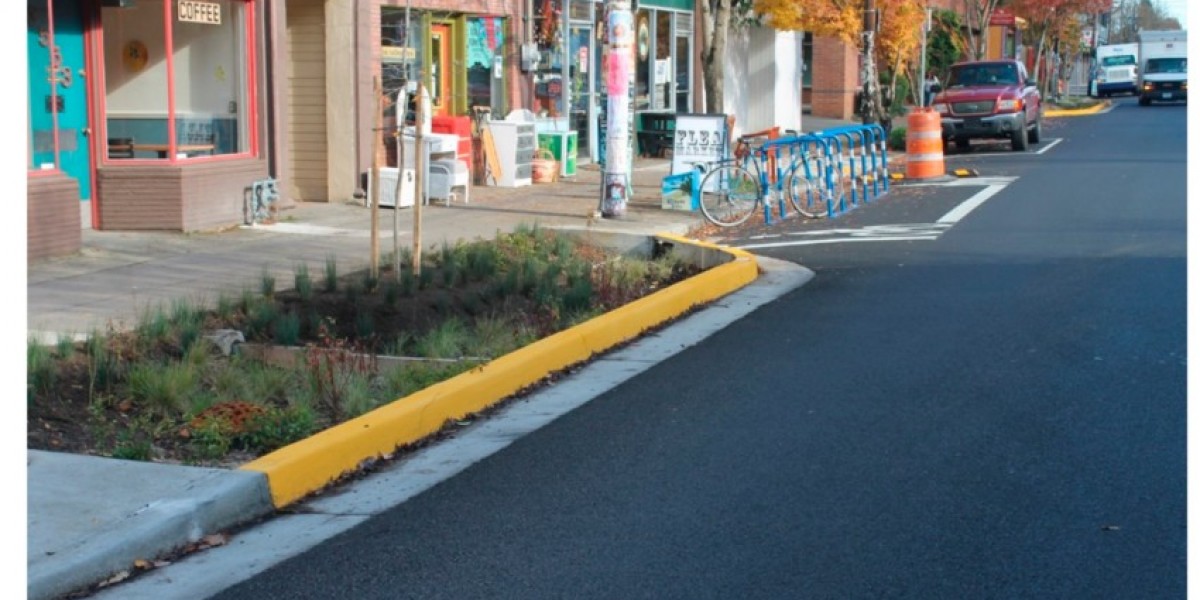When constructing or renovating a building in New York City, one of the critical requirements that property owners and developers encounter is the Builder’s Pavement Plan (BPP). A BPP is not just paperwork—it is a city-mandated process that ensures sidewalks, streets, and curbs adjacent to a property meet safety and design standards. For anyone planning a new building or major alteration project, understanding the role of sidewalks, streets, and curbs within the BPP is essential to avoid delays, penalties, and future repair obligations.
What Is a Builder’s Pavement Plan (BPP)?
The BPP is a detailed plan, filed with the New York City Department of Transportation (DOT), that shows how the sidewalks, curbs, and portions of the roadway in front of a property will be constructed or repaired. This requirement exists because the condition of public walkways is directly tied to the safety and accessibility of neighborhoods.
If a property is undergoing new construction, enlargement, or significant renovation, the BPP ensures that adjacent sidewalks, curbs, and even corner pedestrian ramps comply with DOT regulations. Without an approved BPP, a property cannot receive its final Certificate of Occupancy.
Sidewalks: The Foundation of Public Access
Sidewalks are more than just pathways—they are vital for pedestrian mobility, accessibility, and city aesthetics. Under a BPP, sidewalks must be:
Safe and level: Uneven surfaces can create trip hazards.
ADA-compliant: The Americans with Disabilities Act requires accessibility features like proper width and smooth transitions.
Durable and consistent: Materials used must meet DOT specifications for strength and appearance.
For corner properties, sidewalk ramps must also be included in the BPP to ensure wheelchair and stroller accessibility.
Streets and Roadway Connections
While sidewalks serve pedestrians, the street portion of the BPP ensures proper integration between private property and the public roadway. This can include:
Adjustments to the roadway edge where construction impacts the street.
Proper grading and drainage to prevent water pooling.
Ensuring that driveways and street connections align with city regulations.
In some cases, roadway improvements may be required if the building project significantly alters traffic flow or access to the site.
Curbs: Small but Critical
Curbs might seem like minor details, but they play a crucial role in both safety and functionality. Within the BPP, curbs must:
Maintain proper height and alignment for water drainage.
Provide clear separation between pedestrian and vehicular areas.
Meet DOT standards for materials and slope.
Driveway aprons, which allow vehicles to cross the curb into a property, also fall under BPP requirements and must be carefully designed to avoid pedestrian hazards.
The Filing and Approval Process
To comply with the law, a property owner (through their architect or engineer) must:
Prepare the BPP: A licensed professional creates detailed drawings showing sidewalk, street, and curb designs.
Submit to DOT: The plan is reviewed for compliance with all regulations.
Coordinate with DOB: The Department of Buildings requires proof of BPP approval before issuing certain permits or a Certificate of Occupancy.
Construction and Inspection: Once approved, the sidewalks, curbs, and roadway elements are built. The DOT inspects to confirm the work meets city standards.
Why It Matters
Failing to comply with the sidewalk, street, and curb BPP process can cause significant setbacks:
Project delays: Without approval, a building cannot receive its Certificate of Occupancy.
Financial penalties: Property owners may be fined if required improvements are not made.
Liability issues: Owners are responsible for maintaining adjacent sidewalks. Poorly constructed or unsafe walkways could result in legal claims if accidents occur.
Benefits of Compliance
Although the process may seem complex, complying with the BPP has several long-term benefits:
Enhanced safety for pedestrians and vehicles.
Improved curb appeal, boosting property value.
Smoother city integration, ensuring drainage and traffic systems function properly.
Legal protection, since properly built sidewalks and curbs reduce liability risks.
The Sidewalk, Street, and Curb BPP is not just a bureaucratic requirement—it is a safeguard for public safety, accessibility, and city infrastructure. For property owners and developers in New York, understanding and complying with these requirements is a vital step in any construction project. By ensuring that sidewalks, curbs, and streets meet city standards, a property not only fulfills its legal obligations but also contributes to a safer, more welcoming urban environment.








